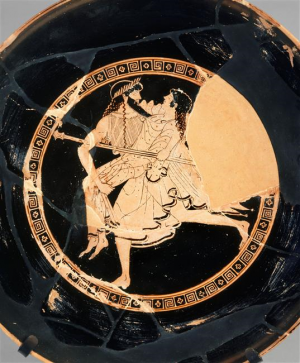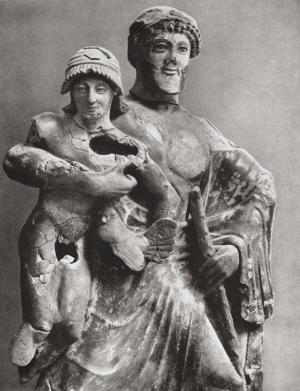(Boylove Documentary Sourcebook) - The Pederastic Ancient Greek Myth of Zeus and Ganymede as Depicted in a Poem by Theognis: Difference between revisions
From BoyWiki
Created page with "thumb|center|[[Zeus (mythology)|Zeus Carries Away a Sleeping Ganymede. Attic red-figure cup by Dour..." |
|||
| Line 21: | Line 21: | ||
*[[Hyacinth (mythology)]] | *[[Hyacinth (mythology)]] | ||
*[[Athenian pederasty]] | *[[Athenian pederasty]] | ||
*[[Boylove]] | |||
*[[Cretan pederasty]] | *[[Cretan pederasty]] | ||
*[[Ephebophilia]] | *[[Ephebophilia]] | ||
| Line 27: | Line 28: | ||
*[[Greek love]] | *[[Greek love]] | ||
*[[Historical boylove relationships in ancient Greece]] | *[[Historical boylove relationships in ancient Greece]] | ||
*[[Minor attracted person (dictionary)]] | |||
*[[Philosophy of ancient Greek pederasty]] | *[[Philosophy of ancient Greek pederasty]] | ||
*[[Spartan pederasty]] | *[[Spartan pederasty]] | ||
Revision as of 22:46, 30 April 2020

From The Cambridge Companion to Archaic Greece, edited by H. A. Shapiro (Cambridge; New York: Cambridge University Press, 2007).
Likewise, in the poetic corpus of Theognis, we find a number of erotic addresses to and encomia of boys. Thus, for example,
there is some pleasure in loving a boy (paidophilein), since once in fact even the son of Cronus [Zeus], king of the immortals, fell in love with Ganymede, seized him, carried him off to Olympus, and made him divine, keeping the lovely bloom (anthos) of boyhood (paideia). So, don’t be astonished, Simonides, that I too have been revealed as captivated by love for a handsome boy.
(1345–50)

See also
- Apollo (mythology)
- Hyacinth (mythology)
- Athenian pederasty
- Boylove
- Cretan pederasty
- Ephebophilia
- Erastes
- Eromenos
- Greek love
- Historical boylove relationships in ancient Greece
- Minor attracted person (dictionary)
- Philosophy of ancient Greek pederasty
- Spartan pederasty
- Theban pederasty